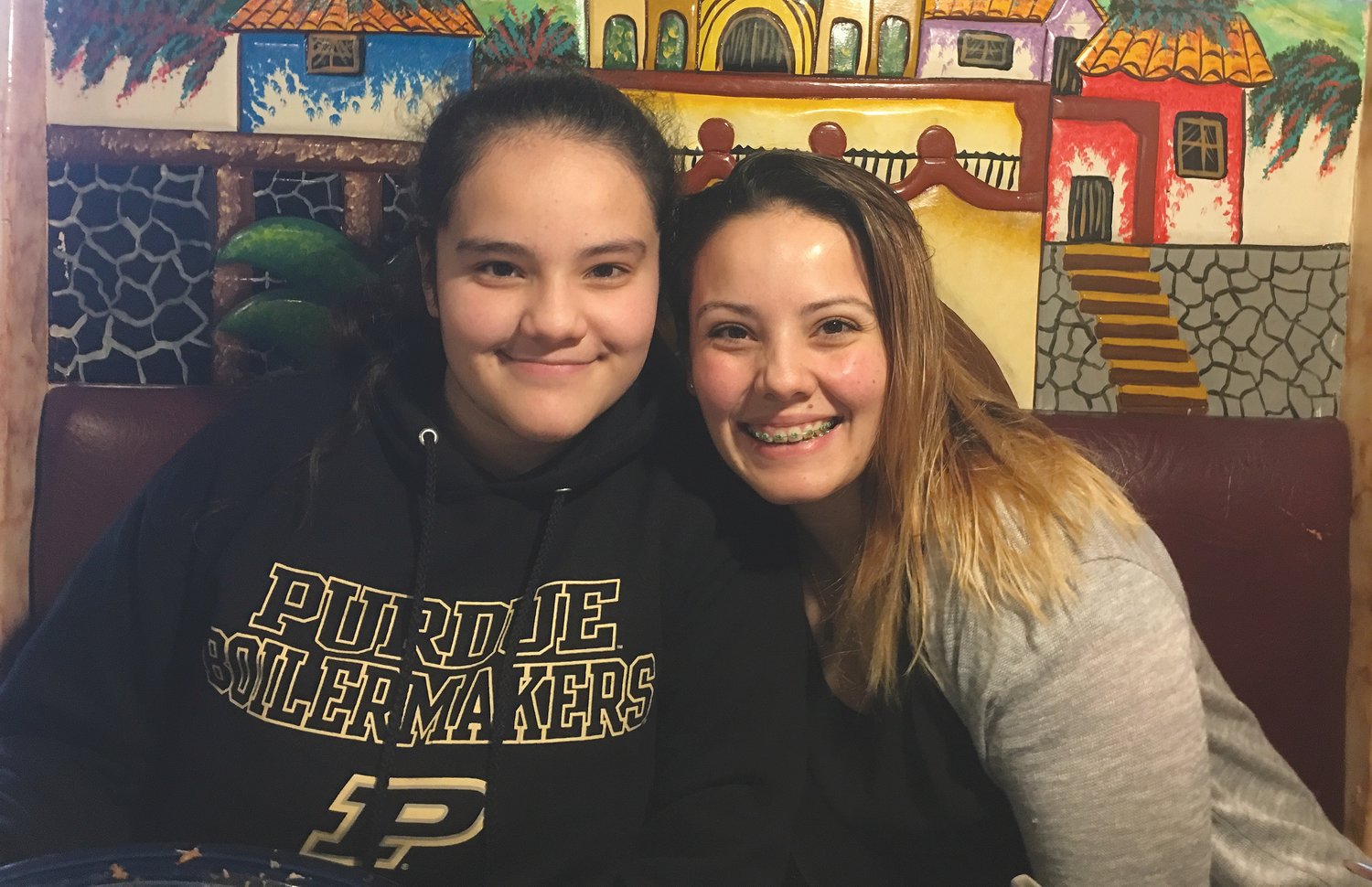
When Susan Streetman was 12 years old, her family moved to Crawfordsville. She remembers vividly her first day at Tuttle Middle School. So, when Streetman’s 12-year-old Lucia, the protagonist in her new book “It’s How We Survive,” enters “Wallace Middle School in Elston, Indiana,” local readers find themselves in a familiar place where glass double doors open onto a large open space.
What will be most familiar to all readers, though, is how well Streetman captures the feeling of being 12 years old, that time in life when every gesture, every piece of clothing and every word spoken holds ultimate meaning. Lucia experiences what her creator once did: that dizzying apprehension of entering a new school in a new place.
The young girl who Streetman was decades ago and the main character in her story share many indelible experiences that make us all human. Other things separate Streetman from her protagonist: they have different colors of skin and their families came to America in different centuries. These facts inform this remarkable little novel. As Streetman says in her preface, “We all represent the American Dream, the chance to learn and grow and share and to do … more with our time on … Earth than just survive.”
“It’s How We Survive: The Tale of an American Dreamer” details Lucia’s captivating story. It begins when she is five years old and living in Guadalajara, Mexico, the only home she has known. Circumstances worthy of an action film soon change that. During the next seven years her tiny self is shuttled through many new places. Her family’s love and her school and teachers give her stability during this nomadic time.
Elston, Indiana is where the family can reunite and be at home together and where Lucia and her family have the close-up experiences the novel describes. The authenticity of this book is strongly enhanced by Streetman’s knowledge and compassion for the people and places she describes. No spoilers are offered here, but this is an important book to read at this point in time in our community.
Streetman was a teacher for 35 years — in the same school, in fact, that she entered as a timid 12-year-old. Streetman has decades of experience working with early adolescents, seventh graders, primarily. She notes that most of her hundreds and hundreds of students “wanted to learn, wanted a chance at a better life” that education offers to all of us. Her students who arrived from other countries have proven to be especially devoted to learning.
The intense appreciation Hispanic students have for their education was a remarkable revelation to their teacher. So many kids from families who have lived here for a long time take education as a fact of life, they take it for granted. The newer students, though they have had to confront a disproportionate amount of “broken hearts and unfair [and often harsh] circumstances” in their young lives, tend to treasure learning. Like their peers, they bring hopes and dreams along with their cultures and family history into our Midwest classrooms. Streetman emphasizes that when classrooms experience this new diversity, experiences of students and teachers alike are enriched.
Streetman’s fictional Lucia is a combination of many students. Lucia’s story and those of her siblings are not only tales of children swept up in a historical moment they cannot control, readers also gain many insights into life in contemporary America, especially how it is lived in school.
How teachers and their students communicate and experience learning day by day is at the heart of this book. Young people grow and explore and rebel. “It’s How We Survive” also speaks from a teacher’s point of view. We see how mentorship works and what adults learn from “wise 12-year-olds.”
The story, though, is no sugar-coated fairytale. It holds violence and discrimination and fear along with tenderness. Joy mingles with ordinary adolescent angst. As Streetman notes, “Middle school teachers work long hours to challenge easily distracted students and to corral infinite energy, all-encompassing insecurity that masquerades as brash bravado, and the need to be accepted and admired by peers … Caring teachers have the ability to guide them to an appreciation of their differences and to bring [a place of] refuge to their chaotic world.”
This perspective is vividly brought to life in Lucia’s English teacher, Mrs. Willows.
On Sunday, Streetman will be at Little Mexico, 211 E. Main St., between 3-5 p.m. for a book party celebrating the publication of “It’s How We Survive: The Tale of An American Dreamer.” Streetman will sign and sell books. The paperback, featuring the cover art of Leslie Warren, costs $10. The book is published by Friesen Press and can be ordered online from Friesen Press (Ingram Publishing) or ordered as an e-book from Google, Kindle, Nook, iTunes or Kobo Bookstores. It will be available after Sunday at the Carnegie Museum in downtown Crawfordsville.
The public is cordially invited to attend this celebratory event.